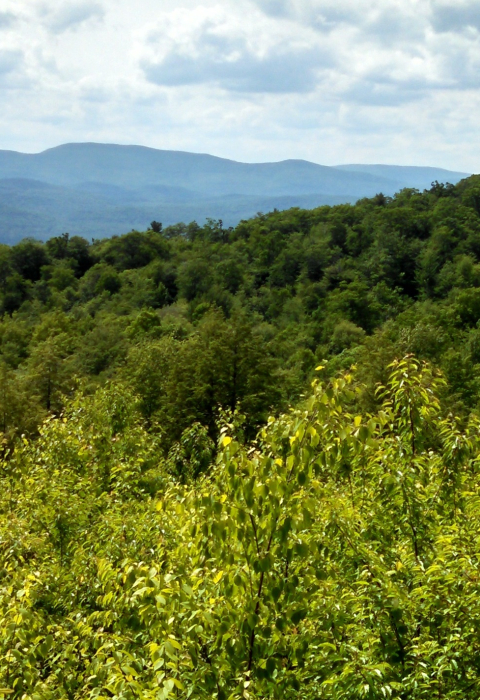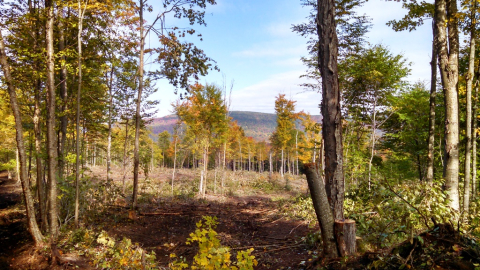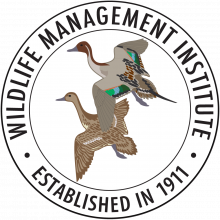Commercial Forestland Project
The Kunjamuk Young Forest Demonstration Project shows how a large timber company can use traditional forest management practices to make young forest for wildlife in a sustainable way without compromising economic returns.
Lyme Adirondack Forest Company and the Wildlife Management Institute cooperatively developed this project on part of Lyme’s 239,000 acres in the Adirondack Region. Timber harvests began in 2015 on Lyme’s Speculator Tree Farm tract north of the village of Speculator.
Harvest Openings Vary in Size
Harvest openings vary between 1 and 8 acres, their shapes following terrain features and forest stand boundaries. Streams, wetlands, vernal pools, and unique habitat features like rock outcrops and large snag and den trees are protected. The harvest design complies with Adirondack Park Agency and state Wild and Scenic River requirements. The area is open for hiking, hunting, canoeing, fishing, wildlife viewing, snowmobiling, and mountain biking.
People can attend workshops and learn how commercial timber harvests provide an ongoing supply of young forest needed by many kinds of wildlife identified as Species of Greatest Conservation Need in New York’s State Wildlife Action Plan, including American woodcock, ruffed grouse, alder flycatcher, whip-poor-will, and white-throated sparrow. Information kiosks present messages about young forest and how the habitat-creation effort in the Kunjamuk River corridor is being conducted.
Approach Parallels State Initiative
Lyme will harvest timber on around 375 acres every 10 years, so that 10 percent of the area will be in a young growth stage at all times. This approach parallels New York’s Young Forest Initiative, in which the state Department of Environmental Conservation plans to turn 10 percent of woods on select wildlife management areas into young forest, mainly through commercial timber cutting.
On the Kunjamuk, individual harvest areas will remain as young forest for around 10 years, after which they will naturally become older forest, which no longer has the dense structure needed by many kinds of wildlife. After 70 years, trees will have grown to a size where they can be harvested again.
How to Visit
This fact sheet includes a map.



